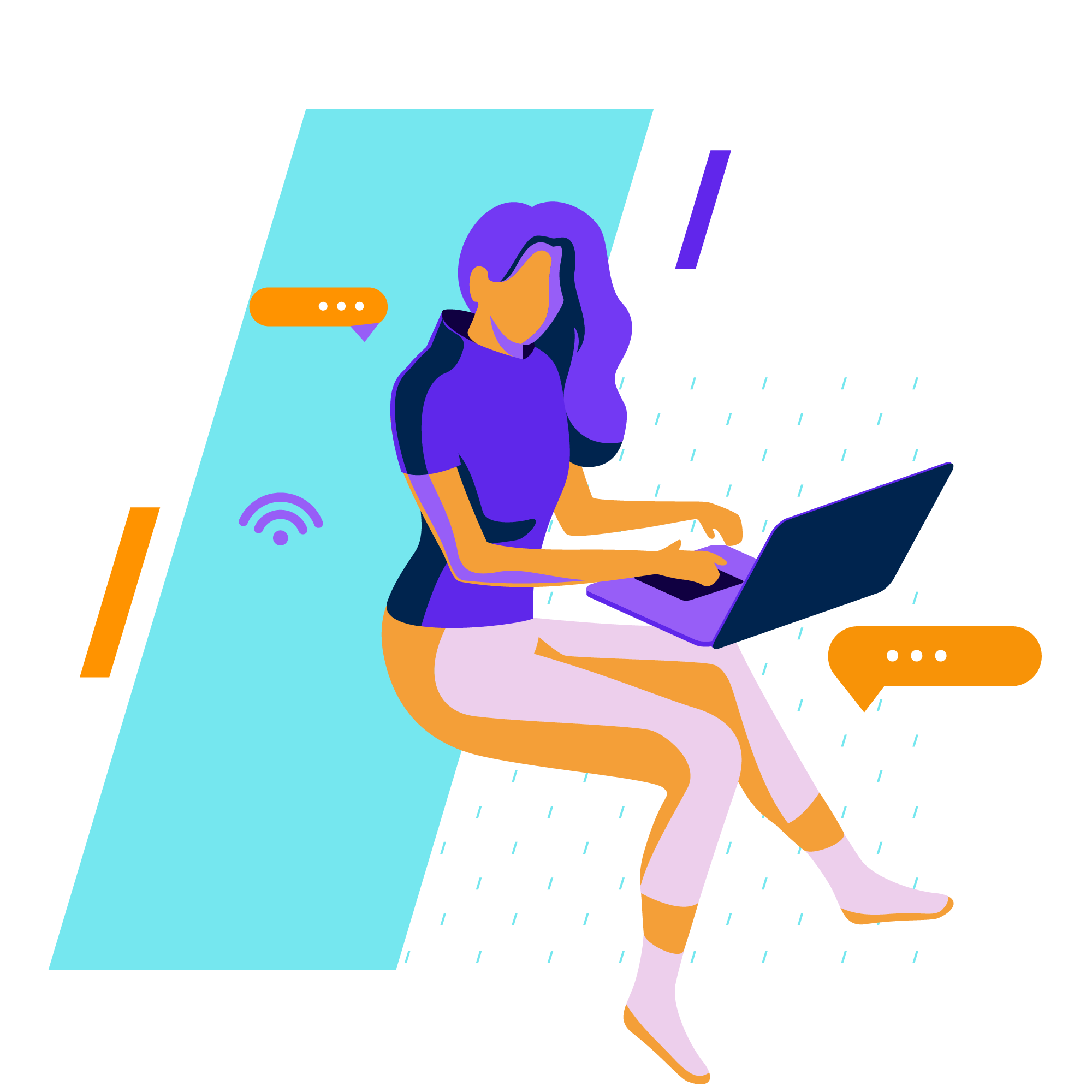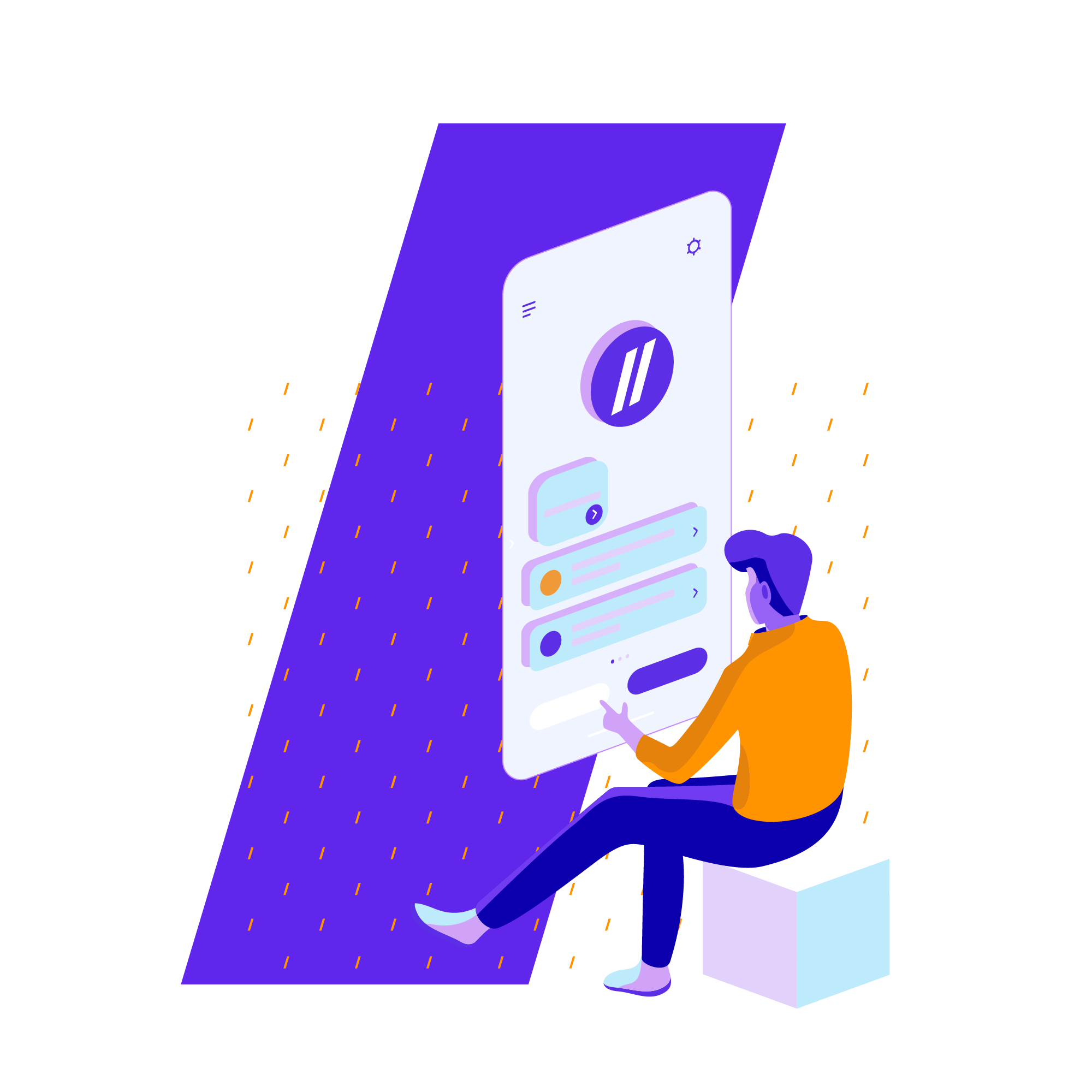Website And Mobile Accessibility Auditing
A thorough evaluation of your website, mobile application, software, or other digital experience, with actionable results, and ongoing support.

Manual Testing Built on Automation.
Allyant’s web accessibility audits leverage our powerful, proprietary automated scanning tool, combined with expert evaluation and live testing conducted by legally blind engineers. We start by creating a streamlined testing plan based on your organizational objectives, and then we get to work.
An automated scan will flag common accessibility errors. But each experience is then manually evaluated by an accessibility engineer who’s IAAP certified in the WCAG standards. After automated and manual evaluation, we add a third layer of review conducted by a native assistive technology (AT) user. User testing ensures we’ve flagged any issue that may be compromising functional usability.
The result of this three-tiered testing plan is a thorough, comprehensive evaluation, equipping you with the information you need to prioritize the work ahead.


Simple, Seamless Accessibility Audits with Allyant.
The journey to accessibility and compliance begins with a comprehensive website, mobile app, or software accessibility audit. Leverage Allyant’s decades of experience and expertise, coupled with our top-tier tech, to evaluate your current state of compliance, and partner with you to create a plan for long-term success.
Request an AuditFrequently Asked Questions
At its core, a web accessibility audit is a comprehensive evaluation of a website or application’s accessibility features or conformance with the WCAG Guidelines.
The primary purpose is to identify elements that might hinder the user experience for people with disabilities. This includes individuals with a broad range of disabilities, including visual impairments such as blindness or color blindness, hearing impairments, motor disabilities such as ALS or Cerebral Palsy, and cognitive disabilities such as Autism or ADHD– among many others.
To learn more about web or mobile app accessibility audits, read our article: What is a Web Accessibility Audit?
The Web Content Accessibility Standards, or WCAG, are the internationally recognized standards for web accessibility. WCAG has evolved over the years, with standards specific to versions 1.0, 2.0, and now 2.2. Each version of WCAG also has standards specific to a certain level of conformance—A, AA, and AAA, with AAA being the highest possible level of conformance.
A web accessibility audit evaluates a website—or other digital property—against the most applicable version and level of the WCAG standards.
To better understand the different version and levels of WCAG, read our blog: From WCAG 2.0 to 2.2: Why AA Conformance is the Optimal Accessibility Goal.
The accessibility of a website is assessed using the WCAG standards. WCAG has become the globally accepted set of accessibility standards and is often the criteria by which legal compliance is measured. Many laws go so far as to identify a version of WCAG required for compliance.
Comprehensive web accessibility audit services evaluate your website, mobile app, or other digital experience against the WCAG standards, surfacing any issues that fail to meet them.
The cost of a web accessibility audit varies based on your organization’s needs. Cost is often determined by testing methods, the number of templates or components that form the foundation of your website or application, the number of core user paths that are critical to your experience, the complexity of your website or app, and other considerations.
For a more in-depth read on the cost of an audit, access our blog The Cost of Digital Accessibility: A Comprehensive Guide for Organizations.
A mobile application accessibility audit follows many of the same principles of a website accessibility audit, including following the principles of the WCAG standards. However, while WCAG provides the foundation for mobile application accessibility auditing, evaluating apps involves an additional expertise—functional testing conducted by people with disabilities. This layer of testing is important when auditing any digital experience, but it’s especially important because mobile applications often rely on gestures like pinching, swiping, tapping, and dragging, utilize custom controls, and have unique navigation paradigms that WCAG doesn’t full address.
To better understand how Allyant conducts mobile application accessibility auditing, read our blog Understanding WCAG Conformance and Legal Requirements for your Native Applications.
